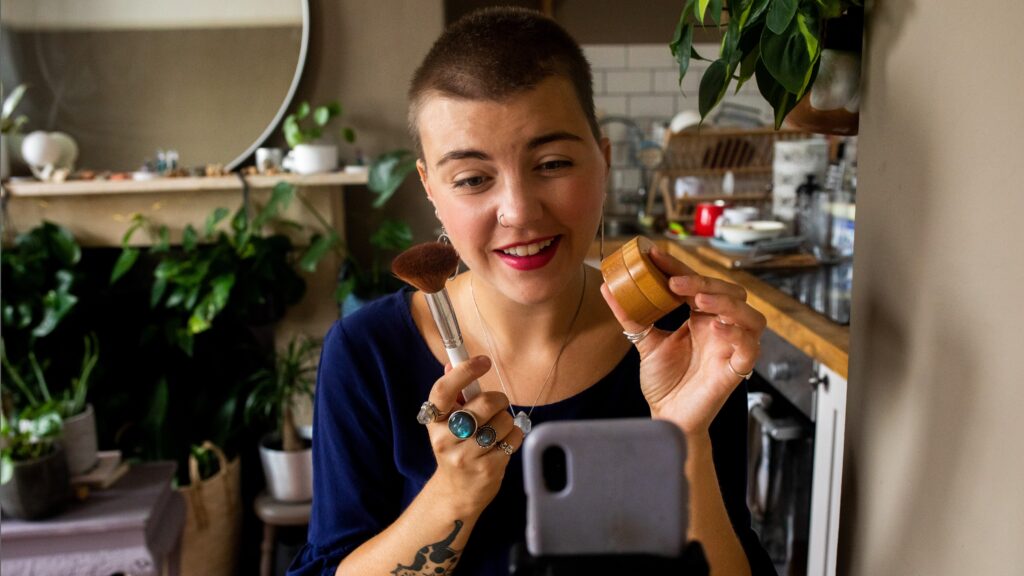From ‘me’ to ‘we’: How to boost emotional presence at work

We’re a mere number of weeks into 2024 and we’re still having the same conversation around the perfect formula for hybrid working – the number of days, the frequency, and the formation. It’s the new small talk that we turn to when we meet other business leaders, even before our beloved British conversation about the weather. Over four years since the first Covid case was confirmed, office policies are still in flux. No one knows what ‘right’ quite looks like.
I truly believe that there’s so much power in physically coming together. Collaboration, creativity, serendipity and the propensity and opportunity to learn are all boosted by being in the office. But I also know that flexibility remains key – to maintain a good work-life balance, to make space for deep work, and let’s be honest, to help with our finances.
Making time purposeful
What’s struck me as we’ve come into this year is that being physically present in the office is only half the answer, and it doesn’t go hand-in-hand with being emotionally present. Instead of dragging everyone into the office purely to fulfil a mandate, let’s make the time spent at work more purposeful.
At Wavemaker UK, we’re doubling down on helping our people feel more emotionally present at work.
Firstly, we’re trying to reduce the multiple comms channels that we’re experiencing due to hybrid working. That means putting a stop to the disconnected conversations that are starting in Teams or in a meeting (or a mix of both), then continuing on WhatsApp, and being completed in an email. It’s challenging. But instead of harnessing the flexibility that hybrid working has offered, we’ve entered peak cognitive overload, and our emotional presence at work has diminished as a result.
Concentrating on ‘we’
Secondly, we’re thinking carefully about what it means to put ‘we over me’ when it comes to how we work and getting to the best possible output. To thrive at work, and empower others to do the same, it’s crucial to concentrate on the ‘we’.
Being part of a team requires a level of self-awareness and emotional intelligence. Knowing what you bring to the table and the dynamic that then adds to others’ strengths and weaknesses. And if agency leaders have one pressing need today, it’s to find ways to create high-performing teams that work more effectively. An important part of this is to ensure everyone understands their own behavioural preferences and communication styles.
We’re also rolling out colour workshops using Insights Discovery. The Insights Discovery model is based on four primary colours – Fiery Red, Sunshine Yellow, Earth Green, and Cool Blue. For example and put simply, sunshine yellow characteristics are bubbly and sociable, while cool blues like to think before they speak, prepare and be organised in their thoughts.
The workshops include various activities and discussions aimed at helping our people identify their dominant colour preferences and understand the characteristics associated with each colour. We then work to recognise and appreciate different behavioural styles, which ultimately leads to improved communication, collaboration, and overall team effectiveness.
Inclusive culture
Importantly, this isn’t about favouring a certain ‘type’ or excluding anyone. But it is about recognising how different people work and react in particular situations, because we can therefore create environments that allow everyone to be emotionally present.
At its core, it’s about driving forward an inclusive culture that celebrates and embraces behavioural diversity. And that can only have a positive impact on our collective emotional presence at work.
High-performing teams don’t just happen. And especially not just by being in the office. We must accept that agency teams will – and should – be forged differently now, and we need to be much more conscious about how we do this. For agencies, this will no doubt be a key definer of success moving forward.
Article originally published in The Media Leader.










